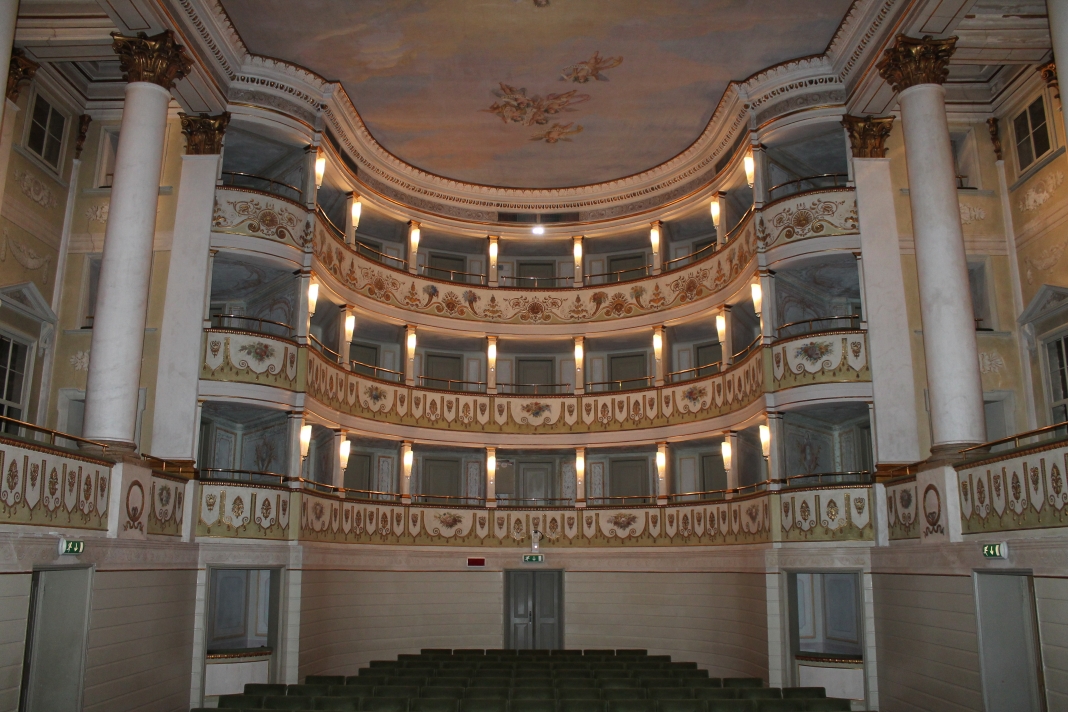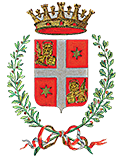Academic Theatre

The Theatre was designed by Francesco Maria Preti in 1746. The commissioner was the Società degli Accademici (Society of Academicians), and it was mostly required by Jacopo and Giordano Riccati. It was built between 1754 and 1780, with exception of the façade and the hall, added between 1853 and 1858, designed by the engineer Antonio Barea from Castelfranco, who realised the internal restoration, to make the Theatre suitable for housing opera shows.
The Società left it to the Municipality of Castelfranco Veneto in 1970 for 101.00£ (a symbolic fee), that renovated it between 1973 and 1977, to house cultural events as concerts, theatre shows, conventions and exhibitions.
The Academic Theatre is one the first and best works by Francesco Maria Preti, designer of various churches (as the Cathedral of Castelfranco), private houses and Villas (as Villa Pisani in Stra). The architectural peculiarity of the Theatre was its double function: theatre for evening shows and concerts, and place of daily conventions for the Academics. As for the Cathedral, Preti applies the proportional harmonic mean, useful mathematical rule to have perfect acoustics, so that the height of the Theatre represents the division of the double product between its length and width per the sum of these dimensions. The original design of the interior follows mathematical rules: the square of the stalls, the semicircle of the boxes, the cube of the auditorium, the equal rectangles of the lodges and the footlights. Two symmetrical lateral lodges are supported by Corinthian columns, and placed over the stalls. To their sides, there are Palladian windows (Serliana), characterised by round arches and windows with pediments. During the eighteenth-century restoration, the Palladian windows were closed (during the 1973-1977 renovation the southern Serliana was opened again), the original wainscot made of ashlar masonry was eliminated, as the sinusoidal line of the three rows of theatre boxes. The radical changes of the 19th century were supported by Francesco Revedin, chief magistrate of Castelfranco, the architect Giambattista Meduna, from Venice, and the engineer Antonio Barea, from Castelfranco. Also the ceiling changed: the original fresco by Giambattista Canal was substituted for an important allegory by Sebastiano Santi. In this painting is represented the allegory of Immortality between Virtue and Glory, while is donating laurel wreaths to literati, scientists and artists from Castelfranco. The hall and the façade were finished in 1858. On the 9th October 1858, the new Theatre was inaugurated with the show Il Trovatore by Giuseppe Verdi, and after it housed Il Barbiere di Siviglia by Giacomo Rossini and Lucrezia Borgia by Gaetano Donizetti.
